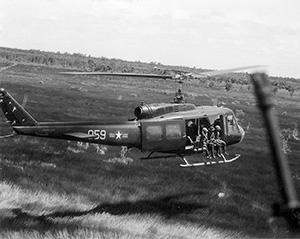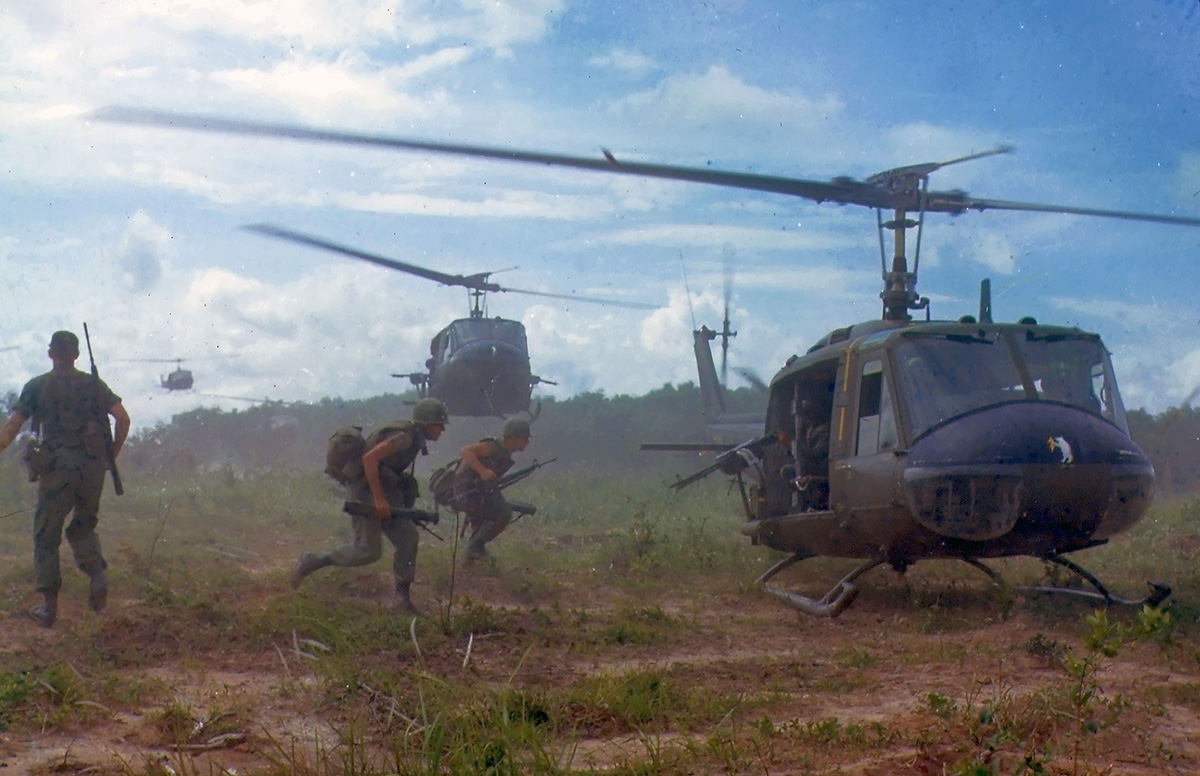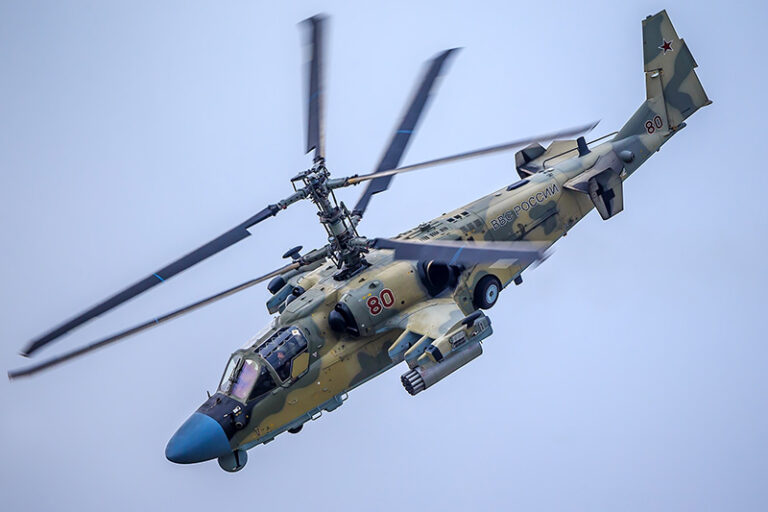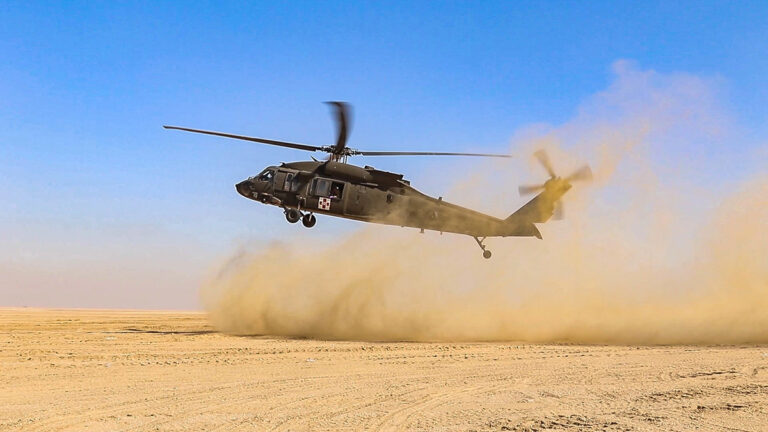The Huey Helicopter and the Helicopter War
Introduction
In 1968, the Huey Helicopter was synonymous with U.S. efforts in Vietnam. During critical times, such as the Tet Offensive, it proved invaluable. This article explores how the Huey shaped what became known as “the Helicopter War.“
Undaunted Valor: An Assault Helicopter Unit in Vietnam, 1969-1970
A breathtaking adventure to experience the white knuckle moments of flight in Vietnam. Through a raw and vivid narrative of this true historical novel you experience first hand the experience of learning to fly and develop into a proficient combat helicopter pilot.
I have read this book twice and it still kept interested and intrigued. A bit teary eyed at the end both the first time I read it as well as the second. -Kikki
The Tet Offensive
Huey in Action
As U.S. troops reached over 535,000 in 1968, the Huey became a familiar sight. During the Tet Offensive, armed UH-1 gunships flew alongside combat zones, while UH-1 slicks delivered troops. If attacked, gunships would intervene, keeping the Viet Cong at bay. The AH-1G HueyCobra was introduced during this time.
Embassy Rescue
During the Tet Offensive, the U.S. Embassy in Saigon faced an attack. A Huey rescued staff from the roof. Ground forces fought with tanks and mortars, while Army Hueys provided air cover. UH-1 gunships from the 120th Assault Helicopter Company stopped the assailants, halting the attack on the U.S. Commander Headquarters.
The Huey’s Key Role

Before, during, and after the Tet Offensive, the Huey’s ability to transport soldiers remained a key American weapon. Despite the danger, skilled pilots and crew flew the vulnerable Hueys, unafraid of the constant threat of being shot at.
Threats and Dangers
Small arms fire was the biggest threat to the helicopters. Though the Huey seemed resilient, this fire could penetrate the cockpit. Protection for pilots and crew was minimal, with infantrymen often resorting to sitting on helmets for safety.
Transformation into the Helicopter War
By the end of 1969, other helicopter models like the H-13, H-23, and H-34 were removed from the battlefield. It was hard to find a utility-sized helicopter in Vietnam that wasn’t a Huey. Consequently, the UH-1 transformed Vietnam into “the Helicopter War.”
Conclusion
In summary, the Huey Helicopter’s role in Vietnam was pivotal. Whether rescuing Embassy staff, providing air cover, or transporting troops, its impact was profound. The Huey not only shaped military tactics but defined an era, turning Vietnam into a war where helicopters were not just an asset but a defining feature.









